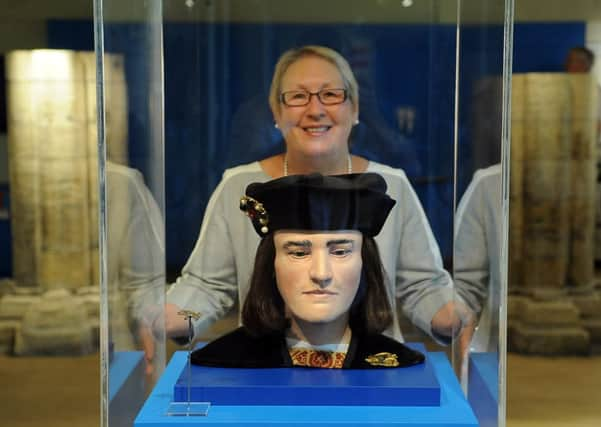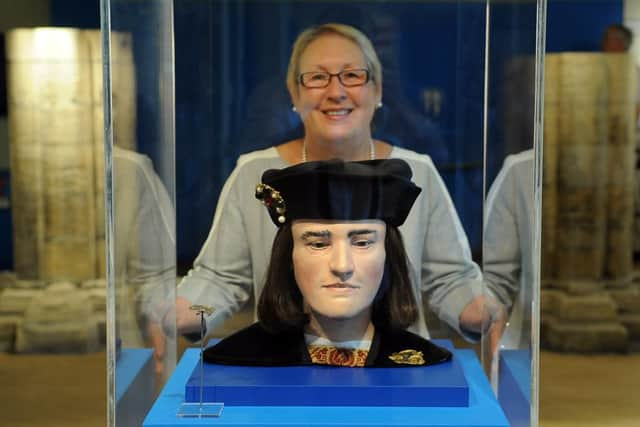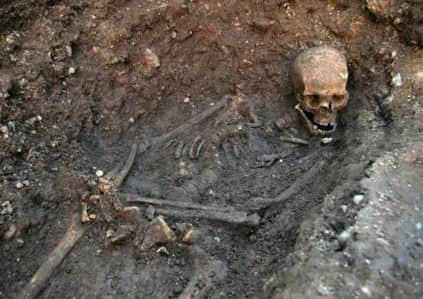Richard III: Dogged fighter who inspired a lasting image


Finding well-known people is not the usual brief given to archaeologists but in what has been described as a “million to one” chance buried beneath the tarmac in Leicester they managed to find the skeleton remains of Richard III, who was the last English king to die on the battlefield in late August 1485.
The story of the king with the twisted spine under the car park is the kind of material Hollywood dreams about and has captured the imagination of the public across the world, turning the much-maligned king into a star who hundreds of years after his death has made front page news from New Zealand to America.
Advertisement
Hide AdAdvertisement
Hide AdBut once the initial furore died down a battle has ensued about where his final resting place should be. Leicester has been determined to hang on to its discovery but later this week the High Court, in London, will hear the latest stage of a claim by the Plantagenet Alliance, a group of descendants, who say there is evidence he wished to be laid to rest in York.


Richard III is a star, as fact or fiction, and a fascinating character in York’s history and there are now plenty of people who want him returned to Yorkshire where he spent his boyhood and youth at Middleham Castle.
Adam Parker, collections facilitator at York Museums Trust said of Richard III: “He was the son of Richard, Duke of York, and a prominent player in the later years of the Wars of the Roses. Even his wife Anne, was the daughter of a prominent supporter of the House of York.
“Richard III can be seen by some as an opportunist given the disappearance of the royal heirs (and his nephews) following the death of his brother King Edward IV in 1483 but his accession as King certainly did not diminish his ties to the city and county close to his family. He visited York several times during the two short years of his reign and stayed in the city for three weeks in 1483; the city even provided troops to aid in his defence following the invasion of Henry Tudor (later Henry VII) in 1485.
Advertisement
Hide AdAdvertisement
Hide Ad“As the last king of England to die on the battlefield, there has always been a fascination with the romantic vision of Richard as a dogged fighter; perhaps something that still resonates within Yorkshire culture.”


The car park was once the site of Grey Friars church and it is thought the Franciscan friars who carried out the burial of this last Plantagenet monarch, slain in battle at nearby Market Bosworth would have buried him with a proper, although perhaps minimal service.
When the project’s joint funders, Leicester University, the Richard III Society and Leicester Council decided to go ahead there was no guarantee of success.
Richard Buckley, the director of the University of Leicester Archaeological Services, said afterwards he went into small-scale project with enthusiasm but with no great hopes of finding Richard III.
Advertisement
Hide AdAdvertisement
Hide Ad“It was a million to one chance. I said I’d eat my hat if we did,” he said.
Today Richard III still divides opinion. William Shakespeare created the Richard III we know, with a hump and a limp and a shrivelled arm.
The question of whether he murdered his nephews to succeed to the crown is hotly debated to this day but his supporters claim he did much good, being concerned for the right and fair regulation of society.